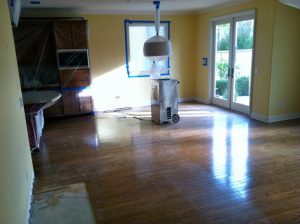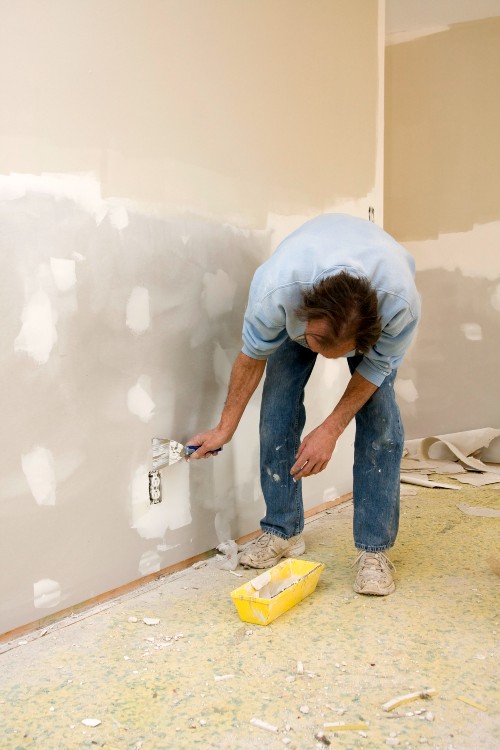Quick Water Damage Restoration Near Me La Mesa CA
Wiki Article
Opening the Secrets of Effective Water Damage Reconstruction: Step-by-Step Guide to Salvaging and Renewing Your Living Room

Understanding the Causes of Water Damage
Comprehending the sources of water damage can help homeowners avoid future problems. Water damage can occur due to various factors, such as leakages, floods, or pipes concerns. Leaks can stem from damaged or maturing pipelines, malfunctioning home appliances, or poor waterproofing. These leakages can slowly permeate right into your walls, floorings, and ceilings, creating considerable damage over time. Flooding, on the various other hand, can be triggered by hefty rainstorms, ruptured pipes, or sewer back-ups. When water enters your home throughout a flood, it can cause prompt and considerable damages to your building. Pipes problems, like clogged up drains or ruptured pipelines, can likewise lead to water damage otherwise dealt with promptly. Comprehending these causes is important because it empowers you to take preventative actions. On a regular basis checking your pipes system, fixing leakages promptly, and ensuring your home is effectively waterproofed can help avoid water damages. Furthermore, recognizing potential flood threats in your area and taking necessary precautions, such as setting up flood obstacles or sump pumps, can protect your home. By comprehending the root causes of water damage and taking proactive actions, you can secure your home and prevent expensive repair work in the future.
Assessing the Level of the Damage
Evaluating the degree of the damages can be done by carefully examining the influenced locations. Begin by checking out the walls, floorings, and ceilings for any type of noticeable signs of water damage. Keep an eye out for discoloration, peeling paint, or bubbling wallpaper, as these are indicators of water invasion. Next, inspect the furniture, cabinets, and various other products in the room. Really feel for any type of moisture or wetness and look for any kind of swelling or buckling. Don't fail to remember to check the electric outlets and switches over. Water damage can trigger brief circuits and pose a major security danger. Pay very close attention to any stuffy or undesirable odors, as they may suggest the existence of mold and mildew or mold. In addition, check the surrounding areas, such as surrounding spaces or the basement, as water can easily spread and cause damages in various other locations. It is necessary to record the degree of the damages by taking photographs and making notes. This will certainly be beneficial when contacting your insurance provider or employing professionals for reconstruction. Keep in mind, a detailed evaluation is vital to developing a reliable prepare for water damages remediation and ensuring the security and livability of your home.
Applying Reliable Water Removal Strategies
To effectively implement water removal strategies, you'll require to collect the necessary tools and start by removing any standing water from the afflicted area. Start by evaluating the scenario and identifying the resource of the water damage. Is it a leaking pipeline, a ruptured pipeline, or a natural catastrophe? Once you have actually identified the cause, it's time to reach work.First, make sure you have the right devices for the work. A wet/dry vacuum cleaner, sponges, containers, and towels will be your buddies in this procedure. Begin by eliminating any type of furniture or valuables from the damaged location to avoid additional damages.
Following, make use of the wet/dry vacuum cleaner to extract as much water as possible. Beginning from the highest possible factor and work your way to make websites sure extensive extraction. Utilize the sponges and towels to soak up any continuing to be water. Be thorough and complete, as even the tiniest amount of moisture can cause mold and mildew development.
When you have actually successfully eliminated the standing water, it is very important to dry out the location completely. Open home windows and doors to promote air blood circulation and use fans and dehumidifiers to quicken the drying process. Remember that this might take several days, so hold your horses.
Drying Out and Dehumidifying Your Living Room
When you've removed the standing water, it is essential to start drying and evaporating your home to stop mold and mildew and further damage. The initial step is to open up all home windows and doors to enable proper air flow. This will certainly help to get rid of excess wetness from the air. Additionally, using fans and dehumidifiers will help in the drying out process. Location followers strategically throughout the space, focusing on areas that are particularly moist. Dehumidifiers are especially efficient in removing moisture from the air, and ought to be utilized consistently till the humidity levels are back to regular. Make sure to clear the water tank regularly to avoid overflow. It's additionally crucial to eliminate any damp or broken materials from the space. This consists of rugs, rugs, and furnishings that have actually been affected by the water. By removing these things, you can stop mold growth and further damage to your living room. Last but not least, monitor the humidity degrees in your house on a regular basis and make changes as required. By adhering to these steps, you can efficiently dry and evaporate your living room, protecting against mold and mildew and additional damage.Fixing and Restoring Your Home After Water Damages
After eliminating the damp or damaged products, it's critical to completely clean and disinfect your water damage and insurance home to recover it to its pre-water damage condition. Start by using protective gear such as handwear covers and masks to ensure your safety and security. Start the cleaning process by using a moderate cleaning agent and warm water to wash the surface areas affected by water damages. Scrub delicately to eliminate any kind of dirt or deposit left behind. As soon as the surfaces are tidy, make certain to extensively wash them with tidy water to remove any kind of remaining soap or cleansing service.Following, sanitize the impacted areas to remove any germs or mold that may have developed. Utilize a mixture of bleach and water, adhering to the advised dilution ratio on the bleach tag.
After decontaminating, it is necessary to resolve any type of remaining odors brought on by water damage. Take into consideration More Help utilizing a smell neutralizer or deodorizer specifically created for use on water-damaged surface areas. Follow the instructions thoroughly and use the product as routed.
Lastly, permit the cleaned and decontaminated areas to completely dry completely prior to waging any repair services or remodellings - flood restoration La Mesa CA. Use followers, dehumidifiers, and open home windows to promote the drying procedure. It's important to guarantee that the impacted areas are completely completely dry to avoid additional damages or the growth of mold and mildew and mold
Verdict
In verdict, you have now learned the step-by-step procedure to effectively salvage and renew your living space after water damage. By understanding the reasons of water damages, examining the extent of the damages, executing efficient water extraction methods, and drying and dehumidifying your home, you can restore it to its former magnificence.
Report this wiki page